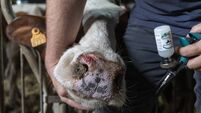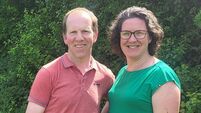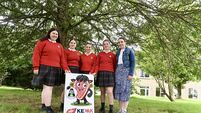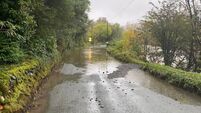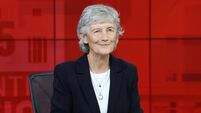Total cattle numbers at an almost 12-year low
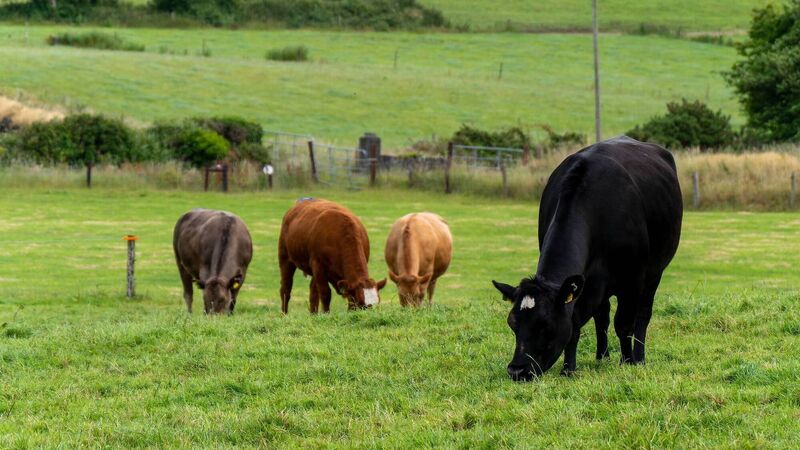
Total cattle numbers have dropped by 3.9% (278,300) in the 12 months to June 2025.
Total cattle numbers have fallen to an almost 12-year low, with provisional total cattle numbers recorded at 6,904,800 in June 2025.
Following the latest Crops and Livestock provisional report, the Central Statistics Office (CSO) has logged a decrease of 3.9% (278,300) in total cattle numbers in the 12 months to June 2025.
In 2013, total cattle numbers sat at 6,902,600 head in the same month, just below the 2025 provisional figures and the last time the national herd numbers registered within this range.
Commenting on the drop in cattle numbers, Irish Farmers Association director of policy Tadhg Buckley said: “The CSO figures shouldn’t come as a surprise to anybody. EU agricultural policy continues to pursue a path of reducing food production rather than encouraging it.
"Food is one of the most precious commodities in the world. The policy drift is likely to see it get more expensive in the future."
The number of dairy cows decreased by 2.2% (36,100), while the number of ‘other cows’ dropped by 5.7% (46,800).
The total number of cattle aged less than two years has fallen by 3.2% (124,300), and the number of cattle aged two years and over has decreased by 71,000 head or 8.7% in the 12 months to June 2025.
Irish Cattle and Sheep Association beef chair, John Cleary told the the latest CSO livestock figures confirmed a dramatic decline in the national cattle herd, with total numbers now back at 2013 levels.
"Despite a widespread perception that our national herd expanded exponentially over the decades, the reality is that productivity increased, but overall cattle numbers have not,” he said.
“The most alarming aspect is the collapse in the breeding herd. Dairy cow numbers fell by 36,100 (-2.2%) while suckler cow numbers dropped by 46,800 (-5.7%). That means we are looking at a total decline of almost 83,000 breeding cows in a single year — a frightening figure which points to long-term structural decline, and the knock-on effects are already showing.
"Cattle under two years of age are down by 124,300 (-3.2%), due to fewer breeding animals and an increase in exports, while cattle over two years are down 71,000 (-8.7%), the equivalent of about three weeks’ kill.”
Mr Cleary agreed with farmers and said they had a right to be angry at the behaviour of the factories. He pointed out the disparity with Irish factory prices, citing global and EU markets have adjusted to reflect higher demand and tighter supplies.
“At a time when numbers are falling this fast — 278,000 in a single year, the equivalent of eight–10 weeks’ kill — it is simply not credible for factories to keep pulling prices. Scarcity has to be reflected in stronger returns for farmers,” Mr Cleary said.
Irish Creamery and Milk Suppliers Association’s president Denis Drennan said the drop in dairy cows in particular was due to several factors.
Mr Drennan explained an immediate affecting factor was live export numbers. With Ireland’s BTV-free status, Irish cattle are sought after across Europe, and many animals which may have been held in 2025 and 2026 have been sold as live exports as a result of demand.
Alongside live exports and the costs of replacement animals, the ageing farming population and slow generational renewal also have a hand to play in the dropping national herd.
“We have a situation now where the average age of a dairy farmer is 60 and the Government seems unable or unwilling to understand that we must make the income derived from farming and primary food production comparable to other sectors, or they just won’t go into farming”, Mr Drennan said.
He also cited constricting environmental regulations and restrictions as a chokepoint for the dairy cow numbers, as the cumulative effect of nitrates and issues around stock densities forces farmers to cut numbers.
“As cow numbers fall, it seems that the Government is going to learn the hard way how much all these rural areas are actually dependent on farm income and specifically the milk that is the fuel on which rural Ireland runs,” he added.


